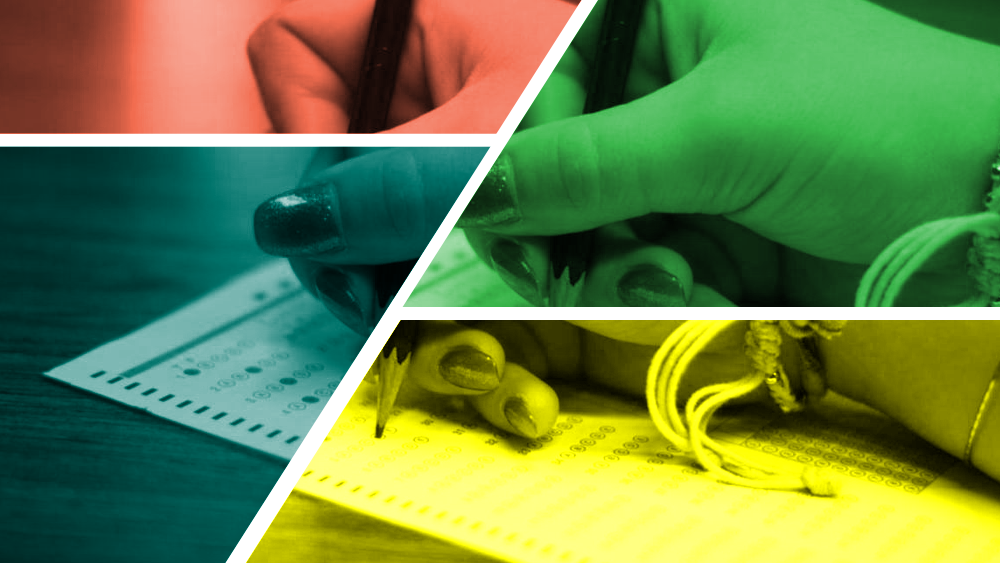PSATs May Matter More Than You Think
Photo by: Stephanie Son
Testing Coordinator sheds light on what students can get from taking the Preliminary Scholastic Aptitude Test seriously
The Preliminary Scholastic Aptitude Test, or PSAT, day is a dreaded time for most students. In their eyes, they are sitting down for two hours and 45 minutes for no reason other than they are told to take it. Most students just select random answers for the questions, or even miss the day all together. But they are missing more than just a good score, they are missing out on keys to unlocking their college future.
The National Merit Scholarship is a $2,500 scholarship awarded to 7,500 students across the country. Students can qualify to receive this scholarship by taking the PSAT.
“The National Merit® Scholarship Program is an academic competition for recognition and scholarships that began in 1955. High school students enter the National Merit Program by taking the Preliminary SAT/National Merit Scholarship Qualifying Test (PSAT/NMSQT®)—which serves as an initial screen of approximately 1.6 million entrants each year—and by meeting published program entry and participation requirements,” as stated on the National Merit Scholarship Corporation website.
Many colleges will also begin to show interest in students who make a certain score on the test; however, this is only with the consent of the student.
“No colleges will look at your PSAT score unless you send it to them. If you bomb the PSAT, that’s okay; no one will see your score accept you and your counselor,” said Testing Coordinator Matthew Vogl.
This year, Vogl has changed the way the PSAT is organized by separating students by last name instead of by class. So instead of being tested in their first block class, students will be assigned to a classroom based on their last name.
The other big reason to take the PSAT is students can get into a variety of programs to expand both their interests and their college transcript.
“PSAT scores are used to meet program requirements for Dual Enrollment courses, Monroe [Institute], Governor’s School, and summer college enrichment programs,” said Director of School Counseling Rae Ann Paolozzi.
For most students, Dual Enrollment classes are the most immediate use of their PSAT scores. If a student has too low a score, then they must take the college placement test in order to qualify for the class. Junior Cayla Sweazie, who is taking Dual Enrollment Physics this year, did not take the PSAT seriously and had to take the college placement test.
“I wish I would’ve known the PSAT was important because I would have actually tried to score higher,” said Sweazie.
Both Dual Enrollment and Advanced Placement, AP, classes offer college credits, but the way students earn them is very different. In order to receive credit for an AP class, a student must pass the AP exam at the end of the year with a three out of five or higher. Meanwhile, receiving a C or higher in a Dual Enrollment class will earn a student credits. Dual Enrollment classes also offer a unique course load.
“I think that the Dual Enrollment class is more of a non-fiction writing class [while] AP Literature, which is still very much a writing class, is more of a literary study. In Dual Enrollment, we’re reading non-fiction pieces, we are practicing a lot of different types of writing, and we’re doing more formal analysis than the AP Literature students,” said Dual Enrollment English and AP Literature teacher Jason White.
Above all, the PSAT is an opportunity for students to analyze their strengths and weaknesses as well as practice for their Scholastic Aptitude Test.
“Testing is a skill. I used to write math and science questions, so I know the secrets for how they’re written. If you are able to take more of those tests and get comfortable with those types of questions, you’ll do better,” said Vogl.


